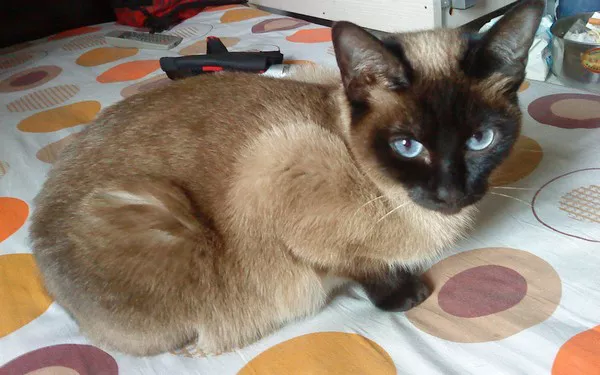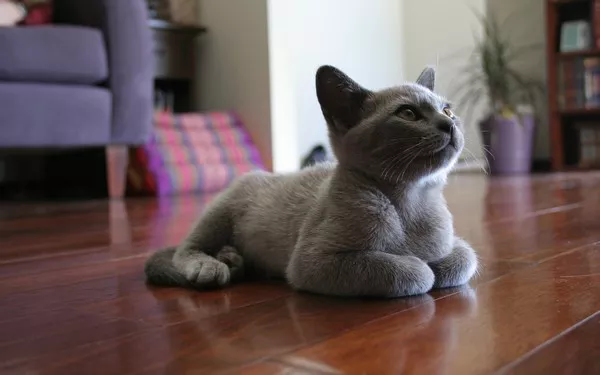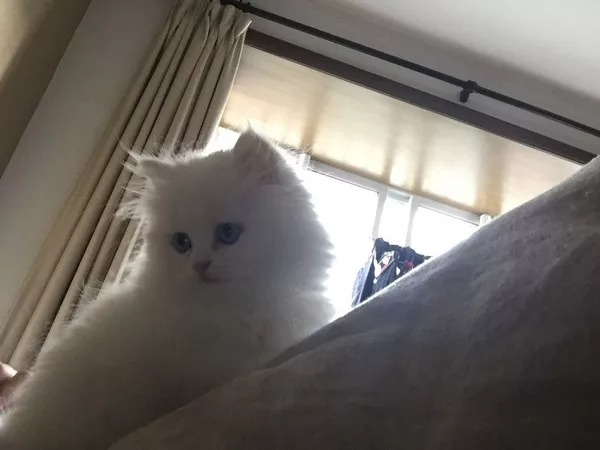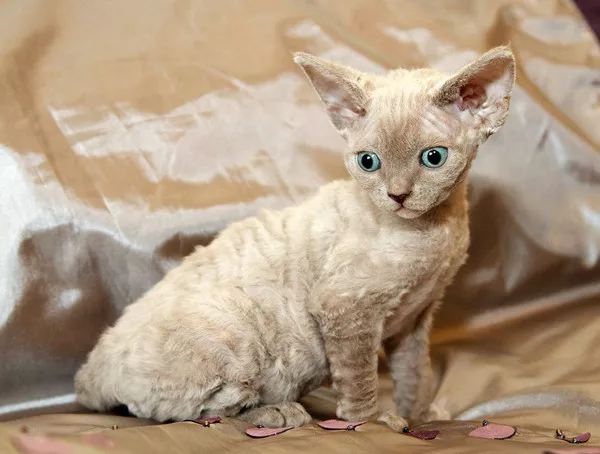Cats exhibit a wide range of behaviors, some endearing and some perplexing. One behavior that can fall into either category is drooling. While you may associate drooling with dogs more often than cats, feline drooling is not uncommon. In this comprehensive guide, we’ll explore the world of cat drooling, covering when it’s perfectly normal and when it might be a sign that something’s amiss with your beloved feline friend.
Normal Cat Drooling:
Happiness and Contentment: Believe it or not, some cats drool when they’re incredibly happy and relaxed. Often referred to as “happy droolers,” these cats may produce a bit of saliva while purring and kneading you or a soft surface like a blanket. It’s their way of expressing sheer contentment.
Grooming: Cats are meticulous groomers, and while cleaning themselves, they might accumulate a bit of saliva on their fur. When they lick themselves, this saliva gets ingested, and you might observe some drooling as a result. This is usually nothing to worry about.
Dental Health: Occasionally, cats may drool a bit after eating or drinking due to their dental health. If they have some mild dental issues like gum irritation or tartar buildup, it can lead to drooling. Regular dental check-ups with your veterinarian can help address these concerns.
Heat Regulation: Cats don’t sweat like humans, so they rely on other methods to cool down. One of these methods is panting and, in some cases, drooling. If your cat is in a warm environment or has been playing vigorously, they might drool a bit to regulate their body temperature.
When Cat Drooling Might Indicate a Problem:
Oral Health Issues: Persistent or excessive drooling can be a sign of dental problems. Conditions like gum disease, oral infections, broken teeth, or foreign objects stuck in the mouth can lead to discomfort and drooling. If your cat is drooling excessively and you suspect dental issues, consult your veterinarian for a thorough examination.
Toxic Ingestion: Ingesting toxic substances, plants, or chemicals can lead to drooling as a response to the toxic effects. If you suspect your cat has ingested something harmful, contact your veterinarian or an emergency pet poison hotline immediately.
Nausea and Digestive Problems: Cats can drool when they’re feeling nauseous or experiencing digestive issues. Conditions like gastritis, foreign body ingestion, or even hairballs can cause discomfort and drooling. If the drooling is persistent or accompanied by vomiting, diarrhea, or other concerning symptoms, seek veterinary attention promptly.
Motion Sickness: Some cats may drool when traveling in a car or experiencing motion sickness. If your cat frequently drools during car rides, consult your veterinarian for advice on managing motion sickness.
Neurological Issues: In rare cases, neurological problems can lead to excessive drooling. If your cat displays other abnormal behaviors, weakness, or loss of coordination alongside drooling, it’s crucial to seek immediate veterinary care.
When to Consult a Veterinarian:
While some instances of cat drooling are harmless and temporary, others can indicate underlying health issues. Here are some signs that should prompt you to seek professional veterinary guidance:
Persistent or Excessive Drooling: If your cat continues to drool excessively for an extended period or if the drooling increases in severity, it’s time to consult a veterinarian.
Accompanying Symptoms: If drooling is accompanied by other concerning symptoms such as vomiting, diarrhea, lethargy, or changes in behavior, don’t delay in seeking veterinary care.
Oral Abnormalities: If you notice any oral abnormalities like bleeding, swelling, or foreign objects in your cat’s mouth, consult your veterinarian promptly.
Change in Eating Habits: If your cat’s drooling is accompanied by a sudden change in eating habits, such as reluctance to eat or difficulty in chewing, it may indicate a dental or oral issue.
Preventing Dental Problems:
One common cause of drooling in cats is dental disease. To help prevent dental issues and potential drooling, consider the following:
Regular Dental Check-ups: Schedule regular dental check-ups with your veterinarian to monitor your cat’s oral health and address any issues early.
Dental Care at Home: Brushing your cat’s teeth regularly can help prevent tartar buildup and gum disease. Use a cat-specific toothbrush and toothpaste recommended by your veterinarian.
Dental Diets and Treats: Some specially formulated cat foods and treats are designed to promote dental health by reducing plaque and tartar.
Interactive Toys: Providing your cat with toys designed to encourage chewing and gnawing can help keep their teeth healthy.
In conclusion, cat drooling can be a normal and benign behavior, often linked to happiness or grooming. However, it can also signal underlying health issues, especially if it’s persistent, excessive, or accompanied by other concerning symptoms. As a responsible cat owner, being attentive to your cat’s drooling habits and seeking prompt veterinary care when needed can help ensure your feline companion enjoys a healthy and happy life.

























